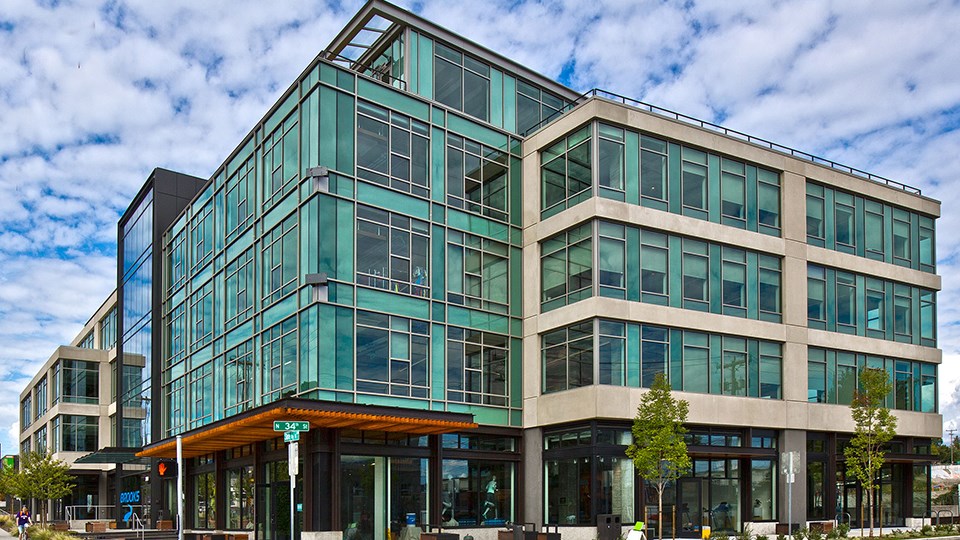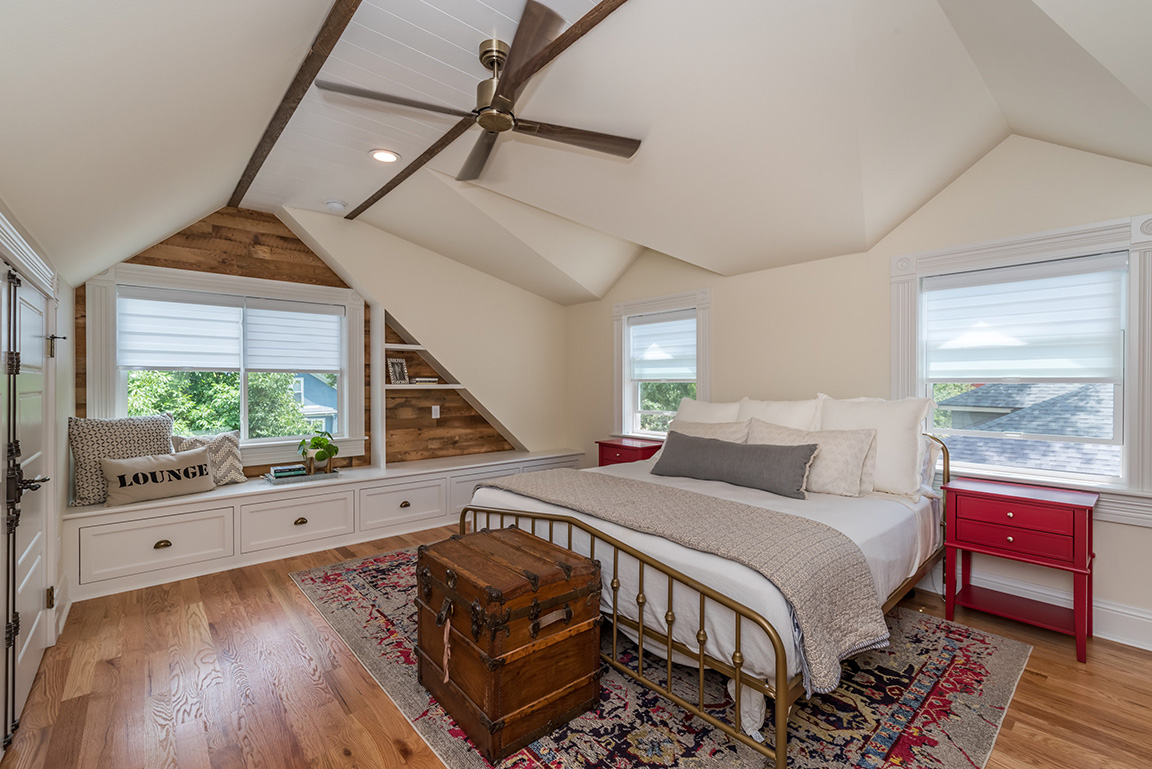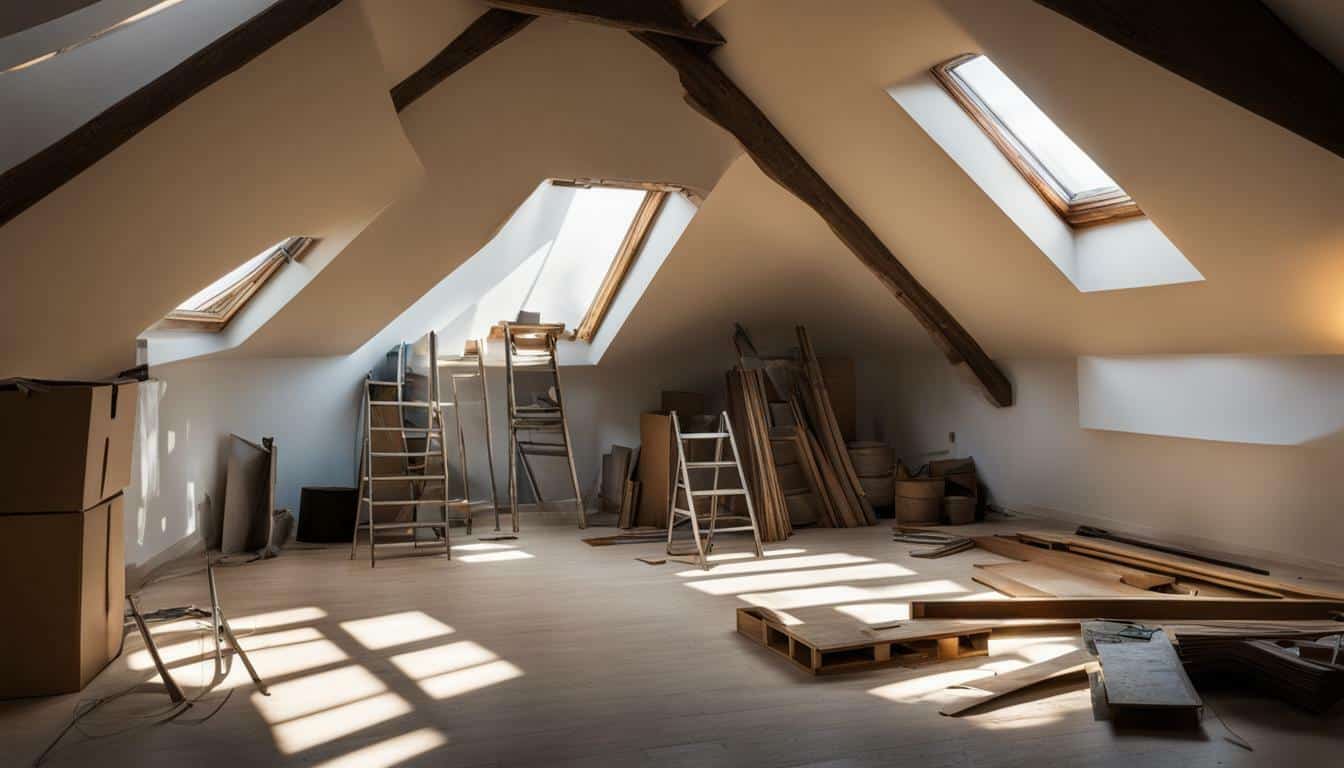The concept of green construction is becoming increasingly popular as homeowners and real estate developers seek to reduce their environmental impact. Adopting a green construction checklist is essential for ensuring that building projects meet sustainability goals effectively. This guide aims to provide an in-depth exploration of this checklist, offering valuable insights for those eager to embrace sustainable building practices.
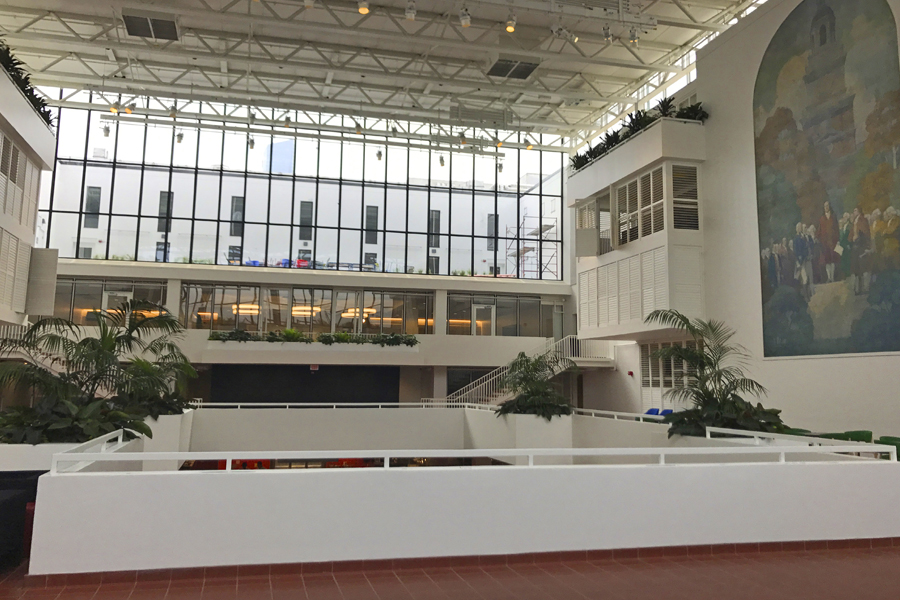
Introduction to Green Construction
Green construction refers to the practice of designing and building structures in a way that minimizes environmental harm. According to the Wikipedia on Green Building, this approach not only benefits the environment but also reduces costs in the long run.
Importance of a Green Construction Checklist
Having a comprehensive green construction checklist ensures that all aspects of a construction project align with eco-friendly standards. This includes everything from material selection to energy efficiency measures. With a systematic approach, builders can manage resources responsibly and achieve higher sustainability performance.
Key Elements of the Checklist
- Sustainable Material Selection: Opt for materials with low environmental impact, such as recycled or rapidly renewable resources.
- Energy Efficiency: Incorporate energy-saving technologies and design features to minimize consumption.
- Water Conservation: Implement systems that reduce water waste and promote reuse.
- Site Planning and Design: Ensure that site selection and construction processes cause minimal disruption to ecosystems.
Benefits of Green Construction
There are multiple advantages to following a green construction checklist. These include lower operating costs, improved occupant health, and increased property values.
Reducing Environmental Impact
By adhering to sustainable building practices, construction projects contribute less to pollution and carbon footprints, helping to combat climate change.
Enhancing Market Value
Properties that adhere to green standards often see higher market demand. Potential buyers recognize the savings on utility costs and the health benefits associated with green buildings.
Incorporating Renewable Energy
Integrating renewable energy sources like solar panels or wind turbines into your building plans is a crucial step within the checklist. This not only decreases dependence on non-renewable resources but also enhances energy independence.
Implementing Smart Technologies
The rise of smart home technologies has made it easier to maintain energy efficiency. Automating systems for lighting, temperature, and security can lead to significant energy savings.
Real-life Applications
Many construction projects globally have successfully implemented green construction principles. For instance, CEMEX Ventures discusses several inspiring examples in their initiatives to promote sustainable development.
Challenges in Green Construction
Embracing a green construction checklist is not without its challenges. Common obstacles include higher upfront costs, regulatory hurdles, and the need for specialized labor. However, these challenges are often outweighed by the long-term benefits gained.
Overcoming Barriers
To address these issues, builders can access incentives such as tax breaks and credits, which are often available for projects meeting certain sustainability standards.
Looking Forward
The future of construction is undeniably green. As awareness grows and technologies improve, the adoption of green construction practices will become more mainstream, leading to a healthier, more sustainable future.
Conclusion
Adopting a green construction checklist is not merely an option but a necessity in today’s environmentally-conscious world. By building with sustainability in mind, we can make the industry more responsible and innovative.
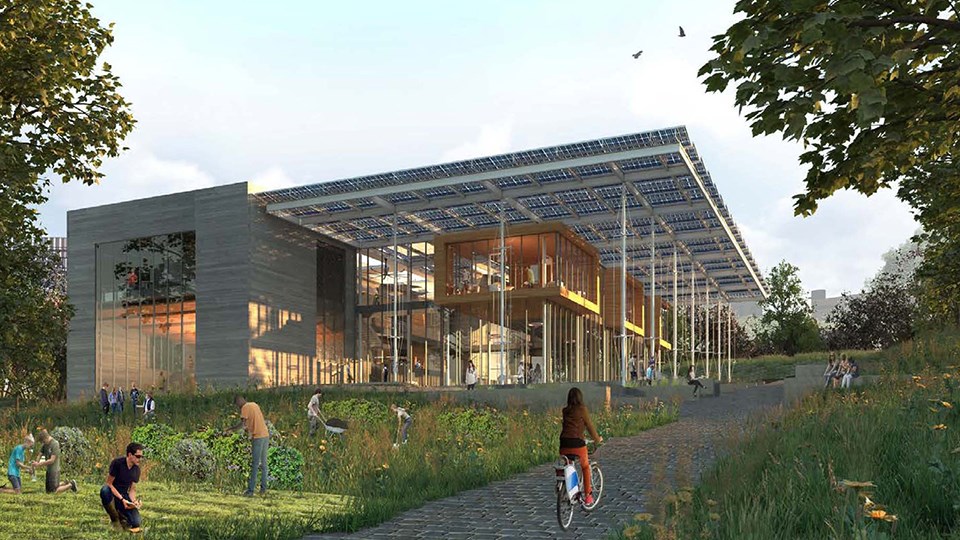
FAQ
What is included in a green construction checklist?
The checklist includes sustainable materials, energy efficiency measures, water conservation techniques, site planning, and renewable energy integration.
Why is green construction beneficial?
It reduces environmental impact, lowers operating costs, enhances occupant health, and increases property value.
What are the challenges faced in green construction?
Challenges include higher initial costs, regulatory issues, and a need for specialized skills, but support such as tax incentives can help mitigate these challenges.
This article contains affiliate links. We may earn a commission at no extra cost to you.

